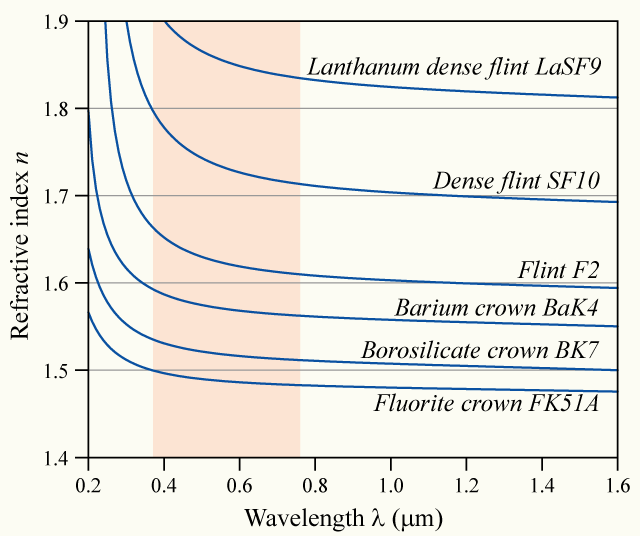It is common for introductory courses in quantum physics to justify the need for a new model with the ultraviolet catastrophe, but I cannot seem to grasp it.
The flaw in the Rayleigh-Jeans law appears to be that it suggests an always increasing intensity relative to an increasing frequency, and thus implies an infinite energy source. However, I struggle to see how the model explains even observations they would have made at the time, such as why things glow red when heated.
Graphs such as these suggest that the intensity of blue light would be so much higher than red light, that nothing could ever glow red. What am I missing?


Best Answer
As you say, Rayleigh-Jeans law did not adequately explain observations made at the time. However, it still had merits. It was derived from a very simple classical argument (rather than being an ad hoc formula fitted to observations) and it had the correct asymptotic behavior for long wavelengths.
Formulas derived from a simpler more fundamental theory are generally preferred in physics, and the correct asymptotic behavior was an indication that this attempt was on the right track, even though something was obviously missing.